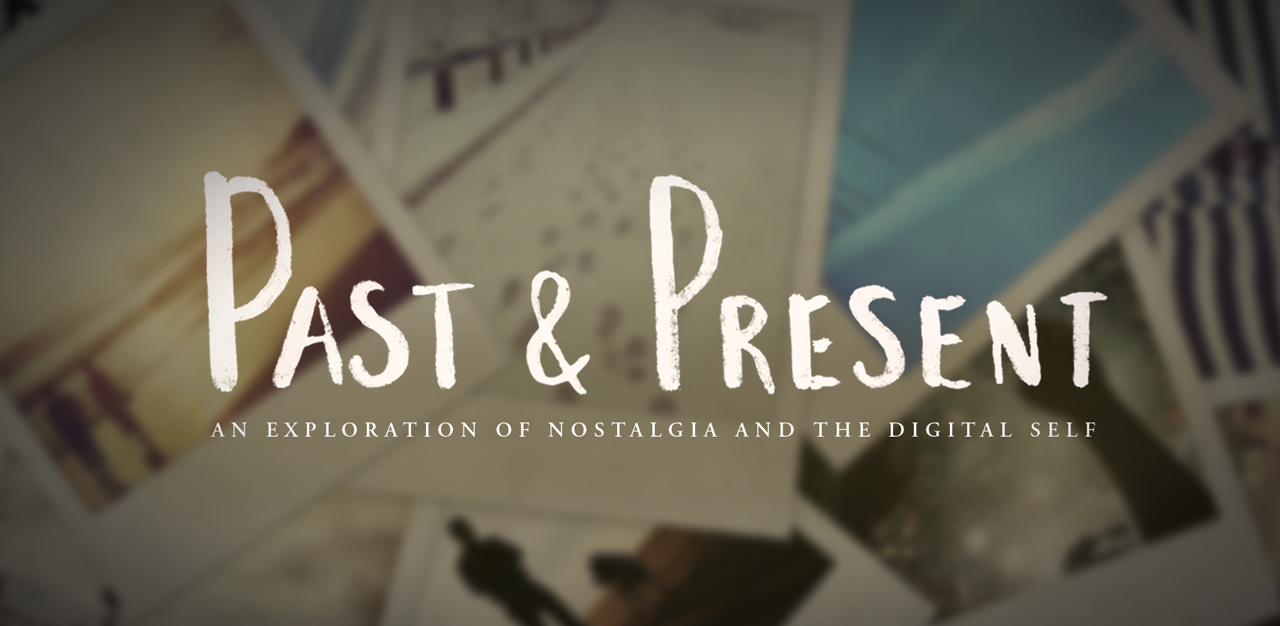Owen Herterich
Owen Herterich is a designer and developer from Texas currently based in New York. While his background is primarily in visual and motion design, recently he has been exploring the realm of code. He’s interested in creating engaging, thoughtful interactions in both digital and physical spaces.

Past & Present
Past & Present is an experiential web application that uses photographic ephemera to bring nostalgia into a present preoccupied by the digital self.
The past is the present. The present is the past. They’re self-referring, self-reflexive, and self-consuming, a snake endlessly eating its own tail. As we remember our past, we consistently bathe our memories in a golden glow: objects and events seem more significant, our decisions more intelligent. Frequently, this fond memory of the past creeps into our lives and manifests itself as tiny pieces of nostalgic impulse: an ironic song on a playlist, a longing glance at a classic car, or a night spent looking through old letters. Our past has, for the moment, caught up to our present, influencing how we see and experience the world.
Technology is one area that remains impervious to the allure of nostalgia. Though the past has influenced the visual aesthetic of our devices, forward progress has been made in the way we interact and navigate their content. How can our natural nostalgic impulses influence the way we experience what's on our screen?
In order to find the balance between the past and present, we can use ephem


